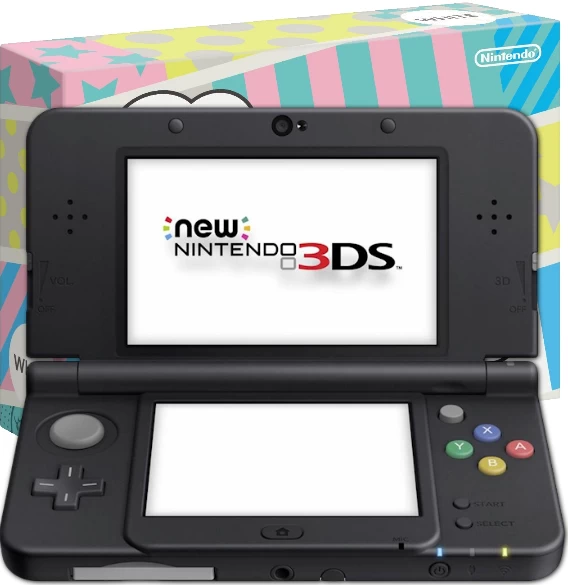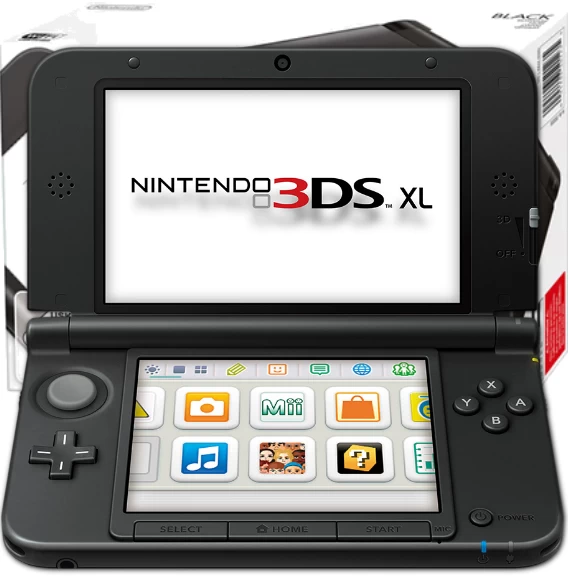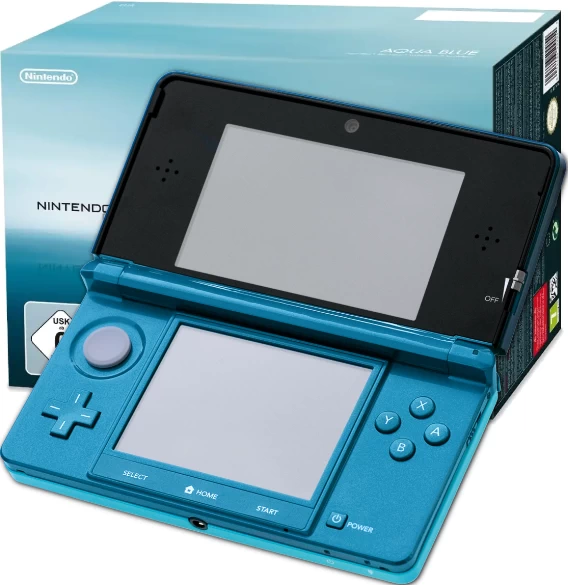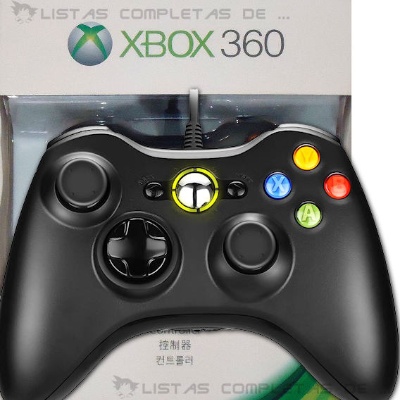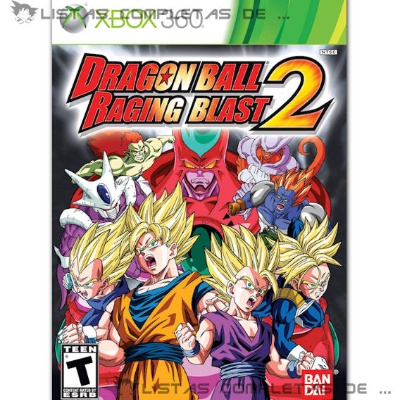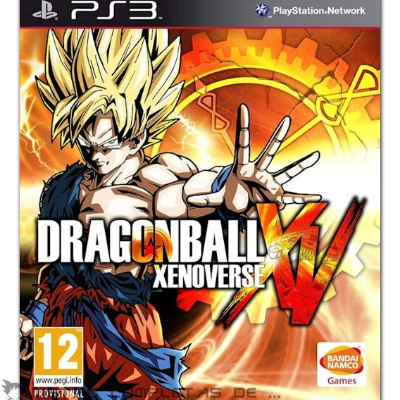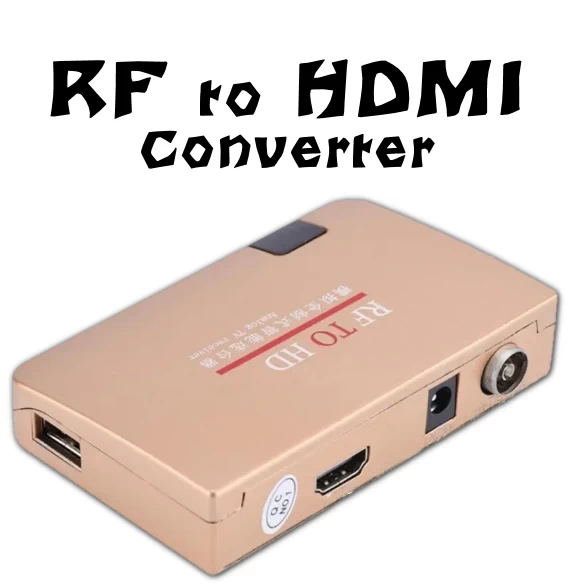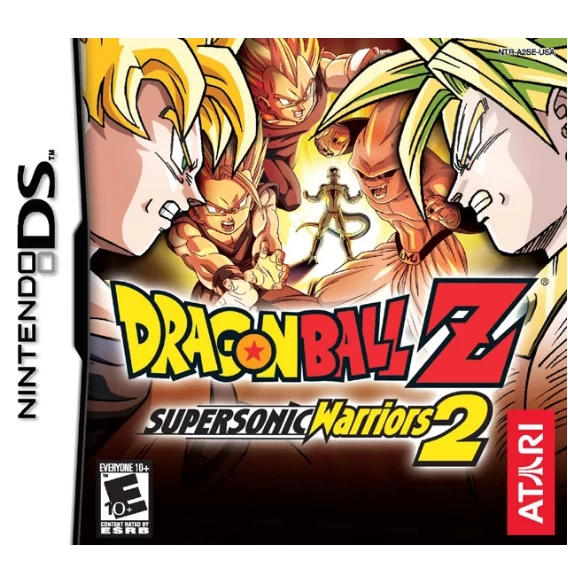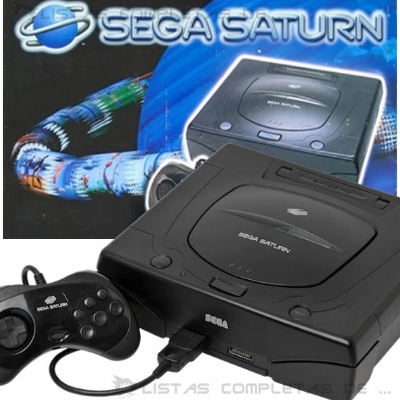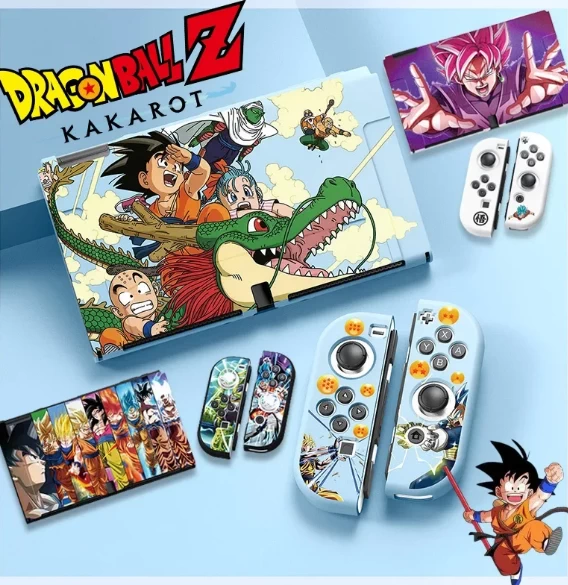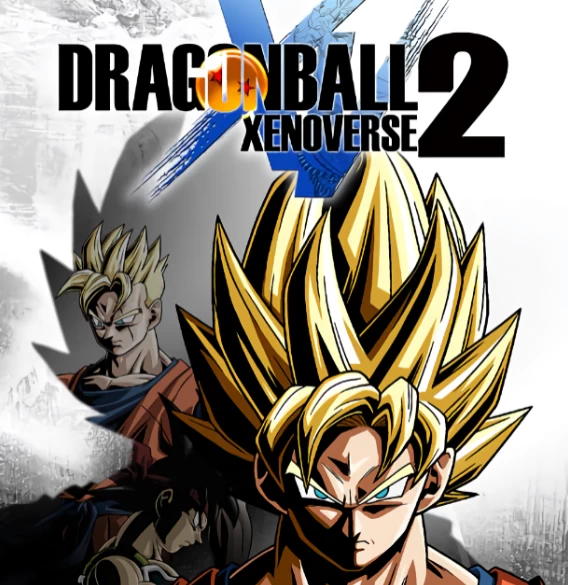All Dragon Ball video games for the Nintendo 3DS.
The Nintendo 3DS system consoles and its 5 Dragon Ball games.
5 Dragon Ball games were all that were released for the Nintendo 3DS and its variants, some of which never made it outside of Japan.
The Nintendo 3DS has a total of 5 games based on the Dragon Ball franchise and 5 different console models designed with this technology. One of the most famous titles is DB Fusions, along with the Japan-exclusive DB Heroes games. While it’s not the most retro console yet, it’s certainly one of the most interesting.
The 6 DB games released for the Nintendo 3DS.
Here they are, all the DB games for the Nintendo 3DS. You’ll find some RPGs like "Fusions", card games like "Heroes", and fighting games like DBZ Extreme Butōden.
The different versions of the Nintendo 3DS console.
-
new Nintendo 2DS XL
Video game consolePlatform(s):Nintendo 3DSRegion(s):AUSEUJPNNADeveloper(s):NintendoYear:2017More Informationnew Nintendo 2DS XL
The New Nintendo 2DS XL delivers the power of the New 3DS XL without 3D graphics. With a lightweight design and large screens, it’s perfect for enjoying exclusive and classic games in a comfortable and accessible way.
-
new Nintendo 3DS XL
Video game consolePlatform(s):Nintendo 3DSRegion(s):AUSEUJPNNADeveloper(s):NintendoYear:2015More Informationnew Nintendo 3DS XL
The New Nintendo 3DS XL features larger screens, more stable 3D, and improved performance. Perfect for enjoying exclusive and classic games with greater comfort and an immersive experience.
-
new Nintendo 3DS
Video game consolePlatform(s):Nintendo 3DSRegion(s):AUSEUJPNNADeveloper(s):NintendoYear:2014More Informationnew Nintendo 3DS
The New Nintendo 3DS enhances handheld gaming with a faster processor, more stable 3D, and additional controls. Compatible with exclusives and classics, it's the ideal choice for Nintendo fans.
-
Nintendo 2DS
Video game consolePlatform(s):Nintendo 3DSRegion(s):AUSEUJPNNADeveloper(s):NintendoYear:2013More InformationNintendo 2DS
The Nintendo 2DS provides an accessible handheld gaming experience without 3D graphics, perfect for players of all ages. Compatible with the Nintendo 3DS and DS library, it combines fun and practicality in a sturdy design.
-
Nintendo 3DS XL
Video game consolePlatform(s):Nintendo 3DSRegion(s):AUSEUJPNNADeveloper(s):NintendoYear:2012More InformationNintendo 3DS XL
The Nintendo 3DS XL enhances the portable gaming experience with larger screens and a longer-lasting battery. Perfect for enjoying glasses-free 3D gaming, it combines comfort with access to an extensive library of titles.
-
Nintendo 3DS
Video game consolePlatform(s):Nintendo 3DSRegion(s):AUSEUJPNNADeveloper(s):NintendoYear:2011More InformationNintendo 3DS
The Nintendo 3DS revolutionized handheld gaming with glasses-free 3D graphics. Featuring an innovative design, backward compatibility, and a diverse game library, it delivers three-dimensional fun anywhere.
More complete lists of Dragon Ball games and video games.
We also have more complete lists of Dragon Ball games and video games cataloged by their gaming platform, including Board Games, PlayStation, Nintendo NES, etc.
Here are some of the Dragon Ball games and video games we have for you:
Discover some of the Dragon Ball games, video games, consoles, and collectible accessories. From the iconic NES and GameBoy to the latest PC, PS5, and X-BOX titles, as well as the timeless board games.
PlayStation 3 (Fat) | CECHA/CECHB
PlayStation 3 (Fat) | CECHA/CECHB
The PlayStation 3 was Sony’s third console, and its first versions, released in late 2006, were the FAT CECHA and CECHB models.
These two initial versions were backward compatible with PS2, while later models dropped this feature to reduce costs.
The downside of these early models was that they tended to overheat and could eventually break down.
Dragon Ball: Raging Blast 2
Dragon Ball: Raging Blast 2
Dragon Ball Z: Raging Blast 2 is the third DBZ game released for the Xbox 360, launched at the end of 2010, and was also released for PS3.
This 3D fighting game is a direct continuation of Raging Blast 1, with very similar gameplay, a much larger roster, and a unique story mode.
Its story covers all of DBZ, but it’s not played linearly; instead, each playable character has their own “mini-stories” that complement the overall DBZ saga.
The game features both local and online multiplayer, allowing battles with friends or players online, and includes a mode for up to 8 players.
It includes a total of 79 playable characters, including Goku and all his transformations, Piccolo, Trunks, Cell, Broly, Boo, Janemba, and even Hatchiyack.
Dragon Ball Xenoverse
Dragon Ball Xenoverse
Dragon Ball Xenoverse is a fighting-focused game whose story is a direct sequel to Dragon Ball Online, but its gameplay is completely different. The game was also released for PS4, Xbox One, PC, and Xbox 360. The camera is third-person; battles take place in large, open 3D environments. You need to level up your character by training and improving skills.
The story follows Future Trunks, who explains that you must fix altered timelines and fight in different moments throughout Dragon Ball history.
The game had up to 4 DLCs before being replaced by Xenoverse 2.
Dragon Ball Z: Budokai HD Collection
Dragon Ball Z: Budokai HD Collection
Dragon Ball Z: Budokai HD Collection is a DBZ game released for the Xbox 360, launched at the end of 2011, and was also released for PS3.
This 3D fighting game is a remaster of Budokai 1 and Budokai 3 from the PS2, but with improved graphics and small extras such as music tracks or region-exclusive costumes, now available worldwide.
Essentially, it combines both games into a single package, with enhanced graphical resolution adapted for this generation of consoles.
RF to HDMI - Video Output Converter
RF to HDMI - Video Output Converter
With this accessory, you can convert the RF (antenna cable) output of your console to HDMI for modern TVs.
Dragon Ball Z: Supersonic Warriors 2
Dragon Ball Z: Supersonic Warriors 2
Dragon Ball Z: Supersonic Warriors 2 is the first DBZ fighting game for the Nintendo DS. It is a continuation and improvement of DBZ: Supersonic Warriors released for the Game Boy Advance, featuring more characters, modes, and enhanced graphics.
Sega Saturn 'Model 2' | EU
Sega Saturn 'Model 2' | EU
The European Sega Saturn Model 2 was released around 1996 as a more compact and affordable version of the original console. It still belonged to the fifth console generation, retaining 32-bit power and its specialty in 2D graphics, but with a lighter and simplified design, removing the disc drive access light and some buttons present in the first version.
It operated under the PAL (50 Hz) standard and, like the other versions, maintained regional limitations, so Japanese or North American discs were not compatible without adapters. This version helped reduce costs and improve durability, becoming the most common in Europe during the Saturn’s final years. That said, here are all the European versions.
Dragon Ball Z: Kakarot - Daima Edition
Dragon Ball Z: Kakarot - Daima Edition
Dragon Ball Z: Kakarot – Daima Edition was released two years after the original editions and is intended as a special edition focused on Dragon Ball Daima, since it ignores the first two Season Passes.
This edition includes the base game and the Daima Pack, titled Daima: Adventure Through the Demon Realm, which features two episodes that cover the entire story of the Dragon Ball Daima anime, starring “mini” Goku and introducing new transformations like Goku's Super Saiyan 4 and Vegeta's Super Saiyan 3.
It also includes permanent upgrades for cooking items.
Dragon Ball Xenoverse 2
Dragon Ball Xenoverse 2
Dragon Ball Xenoverse 2 was released a little over a year after its predecessor, Xenoverse 1. Its story is set two years after the events of the previous game. In this installment, we take on the role of a Time Patroller, tasked with traveling through key moments in Dragon Ball history to fix distortions in the timeline.
It is a fighting game with multiplayer and competitive modes. The player must level up, learn techniques from Dragon Ball heroes, and customize their own character, even choosing their race.
The game was released on multiple platforms: PS4, Xbox One, Nintendo Switch, Stadia, Xbox Series X/S, and PS5.
It features numerous DLCs that expand the story, including content from Dragon Ball Super and Dragon Ball Daima.



